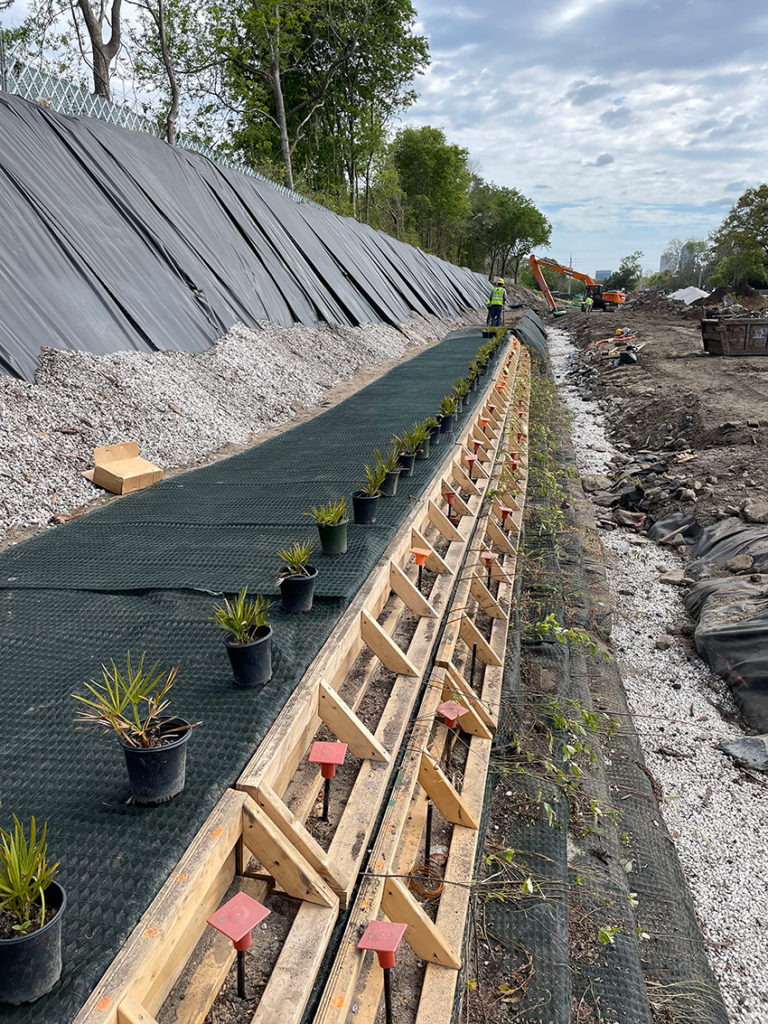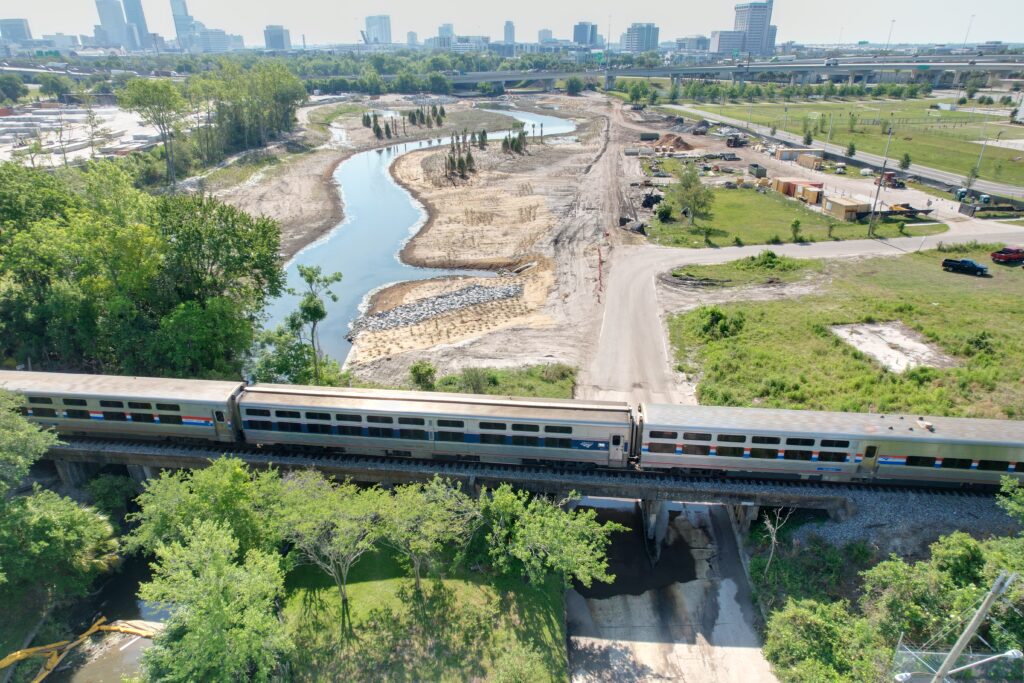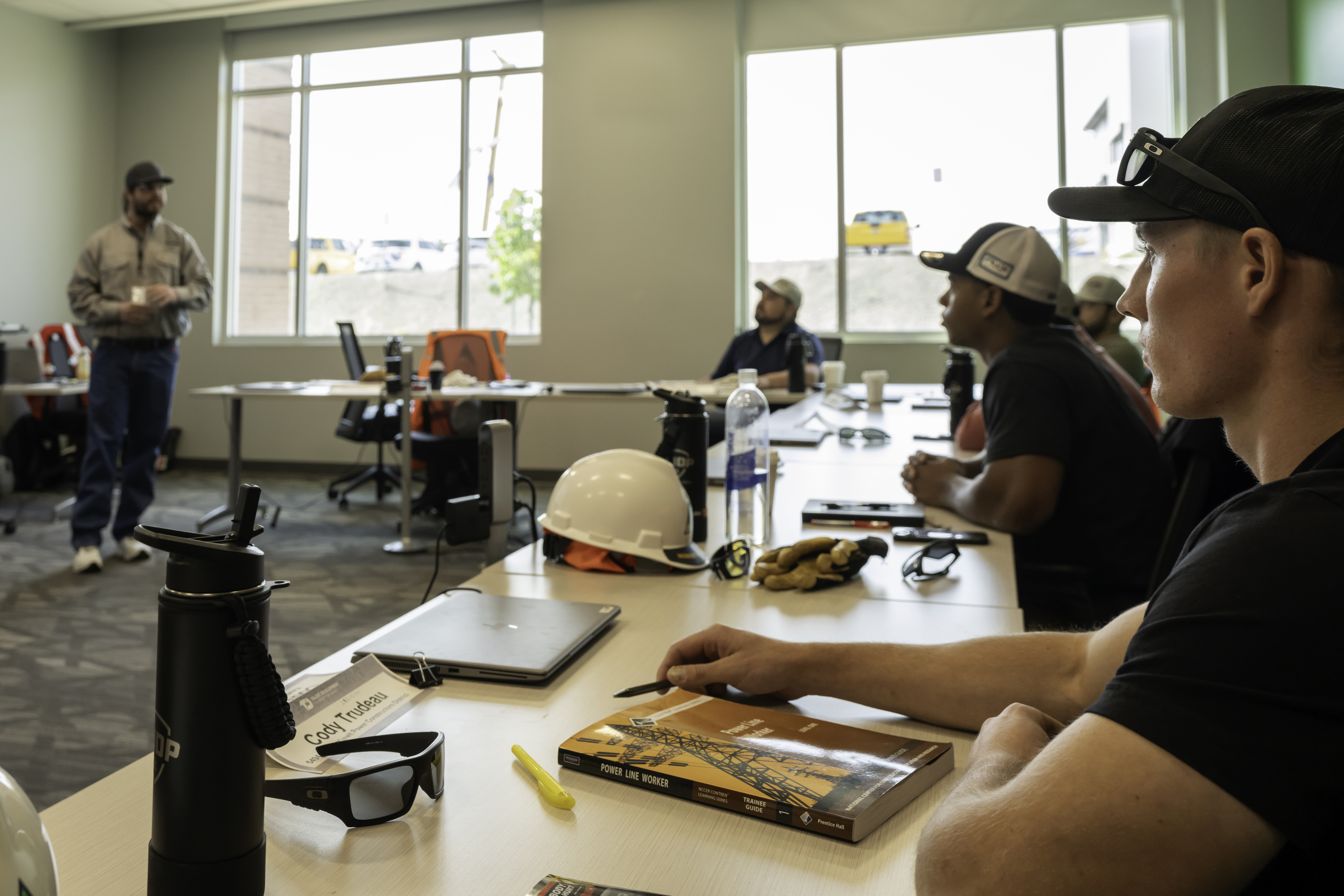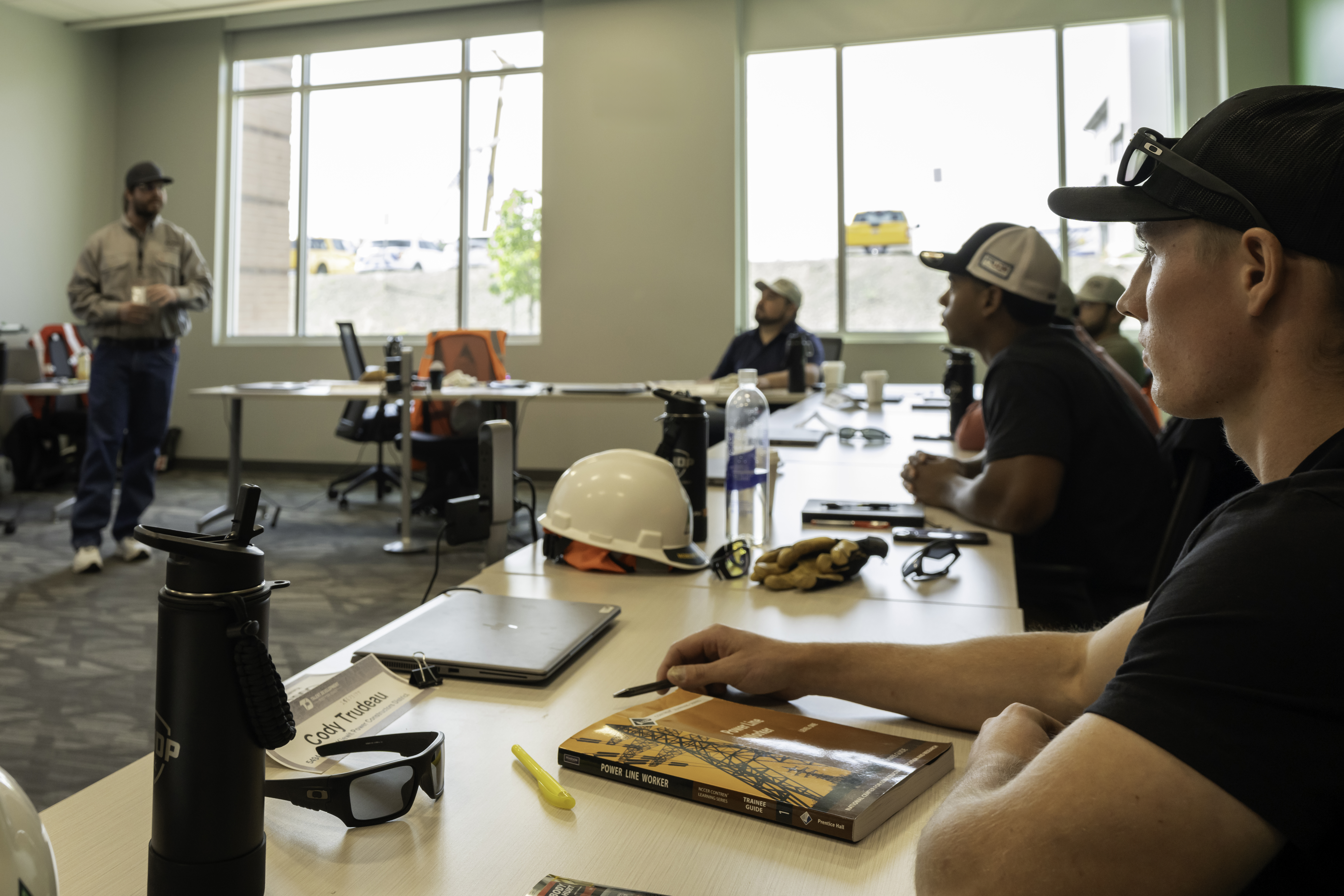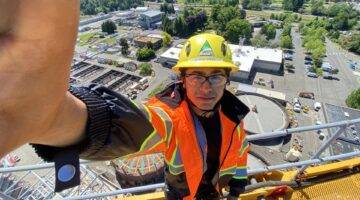In the far northeast corner of Florida, Jacksonville gets an average of 221 days of sunshine every year. But even the Sunshine State gets rain. On average, Jacksonville receives 52 inches a year, most of it during the summer months.
On those rainy days, neighborhoods west of downtown Jacksonville often experience flooding. Kiewit Infrastructure South Co. is working with the City of Jacksonville to fix that as they near completion of Phase 1A of the McCoys Creek Channel Improvements and Restoration project.
This includes approximately $25 million of work on a larger $104.5 million project underway to “restore McCoys Creek to a natural state and in the process, mitigate the ongoing and chronic flooding on McCoys Creek Boulevard and in the nearby neighborhoods.”
Seek and restore
Kiewit’s objective is to replace the existing, artificial straight channel with a new, meandering channel that will function more like a natural flood plain. A deeper creek, new water containment areas like lagoons and tidal pools, and more room for runoff will improve drainage in the neighborhood. Additional work outside of Kiewit’s scope will include installing bike paths and sidewalks to offer recreation opportunities to residents.
Construction kicked off in October 2022, starting with clearing vegetation, dewatering and wet excavation, followed by earthwork, embankment construction and new vegetative planting.
“We started with tearing out the jungle that was there,” Kiewit General Superintendent Tim Clements explained. “We cleared an area about a mile and a half long and maybe 300 to 400 yards wide.”
Nature’s bounty
As vegetation was cleared, much of it was kept for various reuse applications, including in-stream structures and embankments. Designs from the City of Jacksonville’s engineers of record, WSP/Black & Veatch, called for using organic materials for the structures to create a more natural habitat.
“We realized we could use all on-site materials for our in-stream structures and haul roads and not have to import anything,” said Kiewit Project Manager David Rood.
Rood and team coordinated closely with the engineers and city officials to understand the structural design. Using organic materials to build meant the perspective specifications that are typically found in design plans were unavailable.
“It’s an intentionally adaptive design in a lot of ways,” Rood said. “We made sure we worked with the engineer and the client to understand the critical aspects of the design and executed on that.”
That meant knowing what size logs were required at key points like buttresses, or at what angle they would need to be installed, to make the design work.
Building like beavers
“The best way to describe it is you’re almost building like a beaver,” Rood said. “You’re looking at a big pile of logs and think, ‘Oh, this one will fit really well here,’ and getting everything to fit together properly to match the designer’s concept. Our people in the field really got involved and loved it. It was definitely a different way of building.”
Another key element of the design is a vegetated reinforced stabilized slope (VRSS).
“These vegetation walls go up on a 1-to-1 slope up from the stream bed almost 18 feet high in some cases,” said Clements.
Rood described how the VRSS is built using a mixture of earth and wood chips, which were repurposed from the grub that was cleared from the site. “There’s a different mixture of wood chips, peat and structural fill depending which layer of the slope you’re on,” he said. “The back drain has 10% wood chips, and the upper layers have 5-10% creek organics mixed in.” Next came geogrid fabric and new plantings.
“Plants are placed between the layers and as they grow, they’ll help reinforce the wall,” said Field Engineer
Matthew Elder.
In addition to building these unique design elements, the team was responsible for ash remediation from the site. In total, 55,000 tons of material were removed.
Rain in the Sunshine State
The rain that was the impetus for the project also tested the team.
“It’s a very swampy, wet area to be working in,” said Rood. “The creek where we’re working takes in over 5 square miles of watershed. It’s kind of like working in a bathtub. We’ve had to be very strategic about how we’re dewatering the area after a rain to get back to productive work.”
Elder described some of the ways the team adapted to the conditions, including placing wood chips to maintain access roads — another reuse application of the cleared grub, using dams and pumps to dry things out and placing crane mats to help with equipment access.
“I learned a lot about working in wet conditions with equipment access and everything else,” Elder said. “There are a lot of lessons learned I’ll be able to take with me from this job, but that’s one of the big ones.”
Another takeaway that Elder, Rood and Clements all share is one you hear a lot at Kiewit — the people make the project.
“We’ve had people that have been here for the duration of the project and other people have come and gone, but overall, we’ve had great crews and great work ethic,” said Clements. “I’m just so proud to be a part of this project. It’s been a great relationship between the crews and the management team and the City of Jacksonville. It’s been top notch.”

